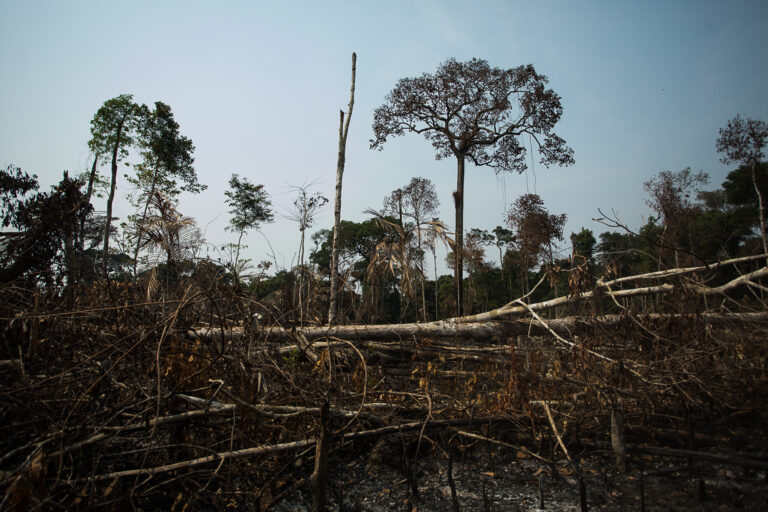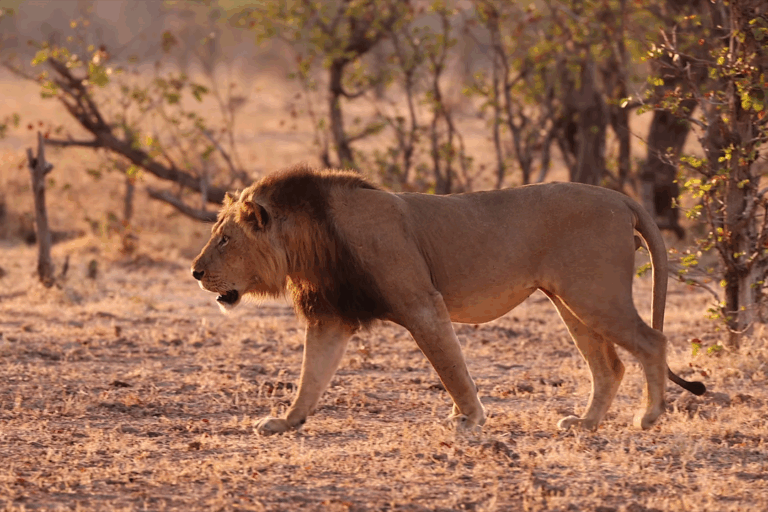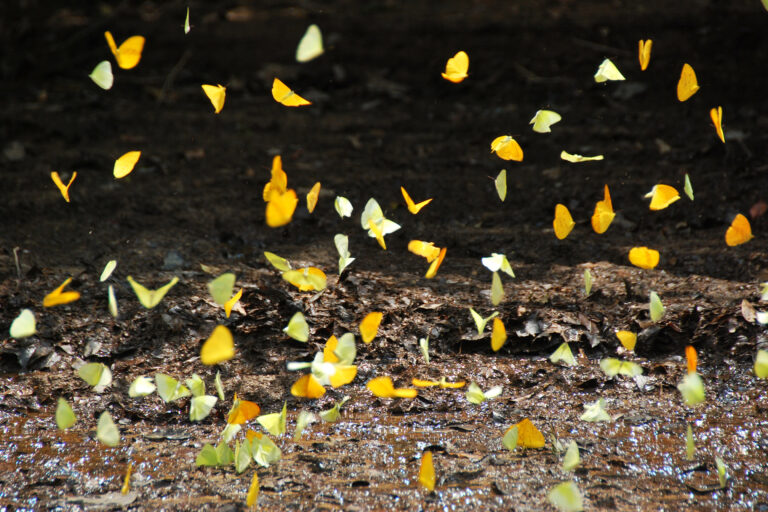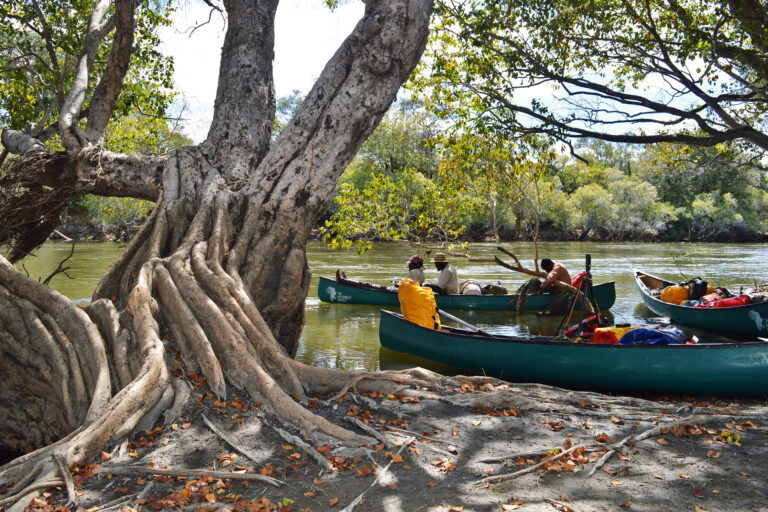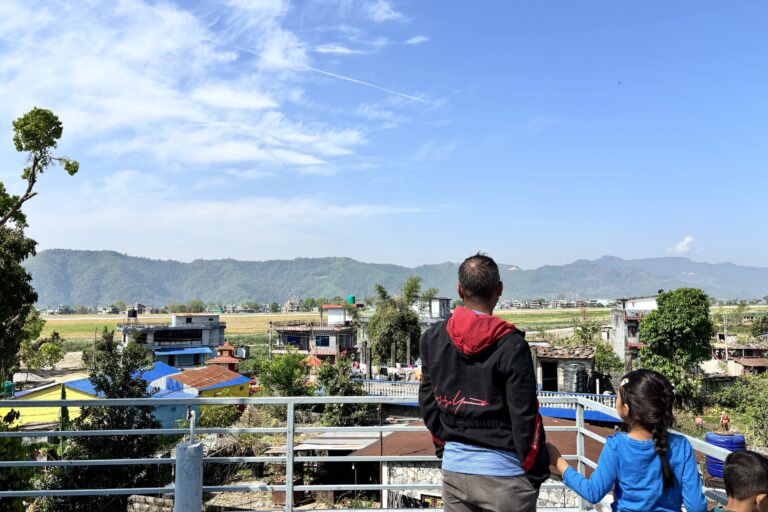- After years of delays due to insufficient funding and prevailing conflicts, the Great Green Wall in the Sahel, aimed at preventing desertification, gained momentum with an accelerator program announced in 2021.
- As part of the accelerator, efforts are underway to address delays, improve monitoring progress of different projects that are part of the GGW initiative, track them by country, and evaluate their effectiveness, including building a new online database.
- GGW partners say they hope the harmonized monitoring and progress tracking can help sustain funding and realize the objectives of the ambitious initiative in the Sahel.
The Great Green Wall in the Sahel, a mosaic of forests, farmlands and grasslands dotting the arid fringes of Sahara, was launched by the African Union in 2007 to fight desertification and land degradation. Stretching from Dakar in the west to Djibouti in the east, the 8,000-kilometer (5,000-mile) “wall” aims to restore 100 million hectares (247 million acres) of degraded land, create 10 million jobs, and sequester 250 million metric tons of carbon to combat climate change by 2030.
Although a few bright spots have emerged over the years as part of the initiative, funding delays, conflicts in the region and insufficient coordination have slowed the progress of the GGW. The delay has prompted speculation that the wall may miss its stated 2030 deadline. As of 2020, the initiative had only restored about 18 million hectares (44 million acres) and created 350,000 jobs.
In its 2020 implementation report, the United Nations Convention to Combat Desertification (UNCCD) Secretariat presented the progress on the Great Green Wall, highlighted additional challenges, such as the lack of monitoring and evaluation of the projects underway, and pointed out that the initiative needs an additional $33 billion at least over the initial $14 billion to meet its goals.
“The report did this work of attempting to put in a milestone of where the Great Green Wall was at that time,” says Gilles Amadou Ouédraogo, program management officer at the UNCCD, adding that it was the first time they took stock of the whole initiative. “That’s basically what led to this ‘aha moment’ [that] these metrics don’t exist [and] they need to be created.”
Creating those metrics and designing a common yardstick that can measure the progress of all projects that are part of the GGW — from tree planting and land restoration, to job creation and income generation — has now taken center stage with the announcement of the Great Green Wall Accelerator in 2021, including the launch of the online Great Green Wall Observatory.

Following the accelerator’s announcement, donors pumped an additional $19 billion to plug the funding shortfalls and address some of the pressing challenges that slowed the initiative. The UNCCD was in charge of tracking the promised funding, evaluating the many projects spanning the 11 partner countries in the Sahel, and bringing the GGW back on track.
“The Great Green Wall Accelerator is a technical response to those bottlenecks,” Ouédraogo says. With several initiatives to monitor the progress underway, “we’re able to actually really put a finger on the progress for the initiative,” he adds.
Ange Mboneye, advocacy manager at SOS Sahel, an NGO that has worked in the Sahel for more than five decades and has partnered with the GGW since 2013, says the renewed enthusiasm in the initiative is palpable, with increased visibility, stronger communication efforts, increased interest among donors, and financial commitments trickling in.
“We could feel that there was a strong interest in the Great Green Wall,” Mboneye says.


Bringing together stakeholders
One of the first things that the UNCCD got started on after the GGW Accelerator was announced was to tackle insufficient coordination among GGW stakeholders. In 2022 and 2023, it set up national coalitions in each of the 11 countries that brought together all stakeholders — state actors, public and private donors, civil society organizations, research institutes, and international and regional NGOs — in a room face to face with the national agency that drives the GGW projects.
These national coalitions, which Ouédraogo says was a “huge piece of the puzzle,” were set up to collate progress from all projects within the country and report on them.
“That was really interesting because we didn’t really know each other,” Mboneye says about the effort. “[The UNCCD] have been trying to make sure we talk to each other and try to explore opportunities for collaboration.”
The UNCCD also developed a common yardstick for measuring the results from each project so they could be tracked over time, evaluated and compared. Up until then, Ouédraogo says these contributions from various projects were ad hoc. It was a challenge to measure them because their metrics “weren’t necessarily aligning with each other,” and monitoring them was difficult.
However, with the harmonized monitoring framework, as the common yardstick is called, Ouédraogo says everyone’s contribution is measured and it’s now possible to identify what projects are working, what’s not, and where resources could be diverted.
The comprehensive monitoring has also ensured that projects run by grassroots civil society organizations, such as SOS Sahel, are now being incorporated into reporting the overall GGW progress — something that the 2020 implementation report missed taking into account.
“The lack of a harmonized monitoring system in the Great Green Wall meant that some projects were not probably accounted for,” Mboneye says. “If you had a good monitoring and evaluation system, that means you can enhance accountability, and that’s very important for donors, especially for public donors who are giving taxpayers’ money.”

Keeping a pulse on funding and progress by tracking data
Once the national coalitions were set up and began collating the data on every project, the UNCCD built a repository for the data in the form of a dashboard called the Great Green Wall Observatory. Launched in 2024, it’s an online platform that tracks funding for the GGW from different donors, the results and progress of more than 350 projects, and analyzes where each of the 11 countries stands in terms of their contributions to the GGW.
The data tracked in the observatory help explain what’s happening across the whole initiative for anyone involved, says Tom Skirrow, CEO of Tree Aid, an NGO that works on land restoration and tackling poverty in the Sahel as part of the GGW.
“We want each and every single country to be able to track the progress and the benefits of the Great Green Wall,” Ouédraogo says, adding the observatory can help pull in the resources necessary and spark global interest in the GGW. “My fantasy is one day being able to associate a dollar number to every hectare that is restored in the Great Green Wall.”
When Mongabay accessed the dashboard, some of the data were missing. But it’s still a good place to start, Skirrow says. “You won’t always have the perfect answers, but it’s trying to pull as much of that data together.”


As old challenges remain, GGW expands into new frontiers
As the GGW inches forward with renewed momentum, insufficient funding remains a challenge, especially for nonstate actors and civil society organizations, Mboneye says.
“Sometimes, there’s funding available, but it’s too complicated for us to get that money because you have big institutions like [the] World Bank who are not willing to give money to CSOs,” she says, adding that big funders work directly with national agencies on large projects. “We’re trying to raise money when we can, and we’re trying to build our own projects.”
For Tree Aid, one way to raise money and address funding challenges has been to explore the voluntary carbon markets. At the UNCCD’s COP16 summit in Riyadh last December, along with the World Economic Forum, it released a white paper on the potential of carbon markets to help inject the funding shortfall needed to realize the GGW. While the 2020 implementation report said at least $33 billion more was needed, only $19 billion was raised in 2021.
Drawing from Tree Aid’s experience from a 12,000-hectare (30,000-acre) community-owned agroforestry project in Burkina Faso, the white paper estimates the GGW has untapped potential for sequestering 1.8 billion metric tons of CO2 equivalent in the Sahel, valued at $28 billion at the 2023 market price. It identifies Nigeria and Ethiopia as two countries with the highest potential for carbon sequestration in the Sahel.
When implemented right with community rights at the forefront, Skirrow says voluntary carbon markets can fill the funding gaps for projects in the GGW, while the investment from the private sector “would not only drive the restoration that’s required, but would significantly create jobs and reduce poverty.”
The slew of projects, the incoming funds and the monitoring initiatives underway make the GGW’s future look exciting, Ouédraogo says. “The Great Green Wall is going to have wonderful numbers, because there’s so much going on out there right now,” he says, talking about the more than 300 projects tracked in the observatory and others that are on the ground. “It’s considerable.”
Mboneye echoes a similar enthusiasm. “I am optimistic,” she says about the initiative delivering its promised benefits, “We’re talking about millions of people, so we have to make sure the Great Green Wall will take place — it cannot be just a vision; it has to be on the ground.”
Banner image: Members of the Vohoko Est cooperative with tree seedlings in the nursery, Tewaka, Burkina Faso, where Tree Aid has begun a 12,000 hectare community-owned agroforestry project.
Image © Martha Tadesse/Tree Aid.
Progress is slow on Africa’s Great Green Wall, but some bright spots bloom
FEEDBACK: Use this form to send a message to the author of this post. If you want to post a public comment, you can do that at the bottom of the page.







